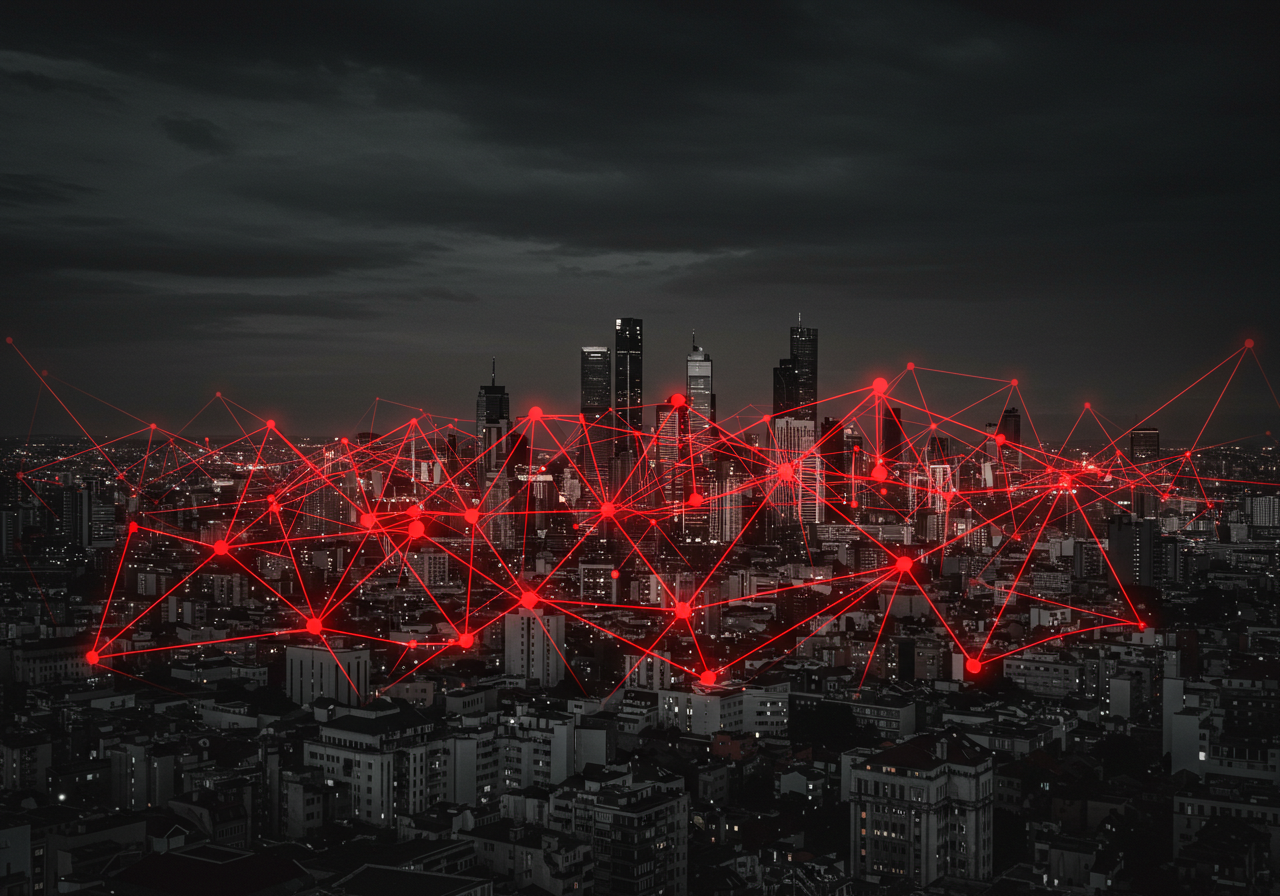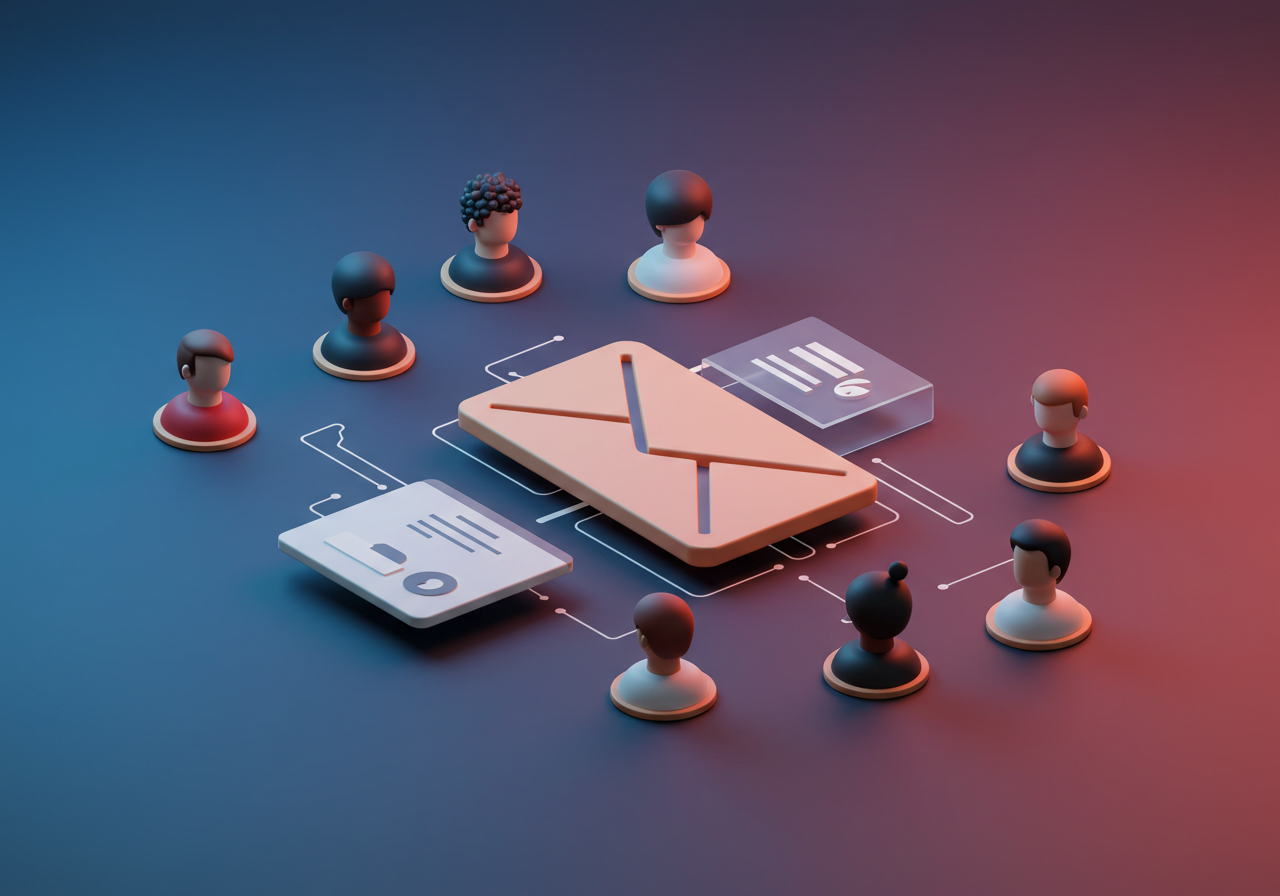Malware, or malicious software, is an ever-evolving cyber threat that affects both individuals and businesses. Whether it’s a simple virus slowing down a personal laptop or a sophisticated ransomware attack crippling an entire corporate network, malware has become one of the biggest security concerns of the digital age.
From financial fraud and data breaches to system failures and identity theft, the consequences of malware infections can be devastating. As cybercriminals continue to develop increasingly advanced techniques, individuals and businesses must remain vigilant to identify, prevent, and mitigate malware threats before they cause serious harm.
How Malware Spreads to Individual and Business Devices
Malware doesn’t appear out of thin air—it relies on various infection methods to spread across devices and networks. Some of the most common ways malware infiltrates both personal and corporate systems include:
1. Phishing Attacks and Malicious Emails
Cybercriminals craft deceptive emails that trick recipients into downloading infected attachments or clicking on harmful links. Once activated, malware can steal sensitive data, encrypt files for ransom, or even take control of an entire system.
2. Infected Software and Fake Updates
Malware often disguises itself as legitimate software. Downloading programs from untrusted sources or falling for fake update prompts can introduce malware into personal or corporate systems.
3. USB Drives and External Devices
Connecting an infected USB drive or external hard drive to a system can instantly transfer malware. Many businesses enforce strict policies regarding external storage devices to minimize this risk.
4. Exploiting Unpatched Software and System Vulnerabilities
Hackers continuously scan for weaknesses in outdated operating systems, applications, and poorly secured networks. Once a vulnerability is found, they deploy malware to exploit it.
5. Compromised Websites and Malvertising
Some websites secretly download malware onto a device without the user’s knowledge, a tactic known as drive-by downloads. Similarly, cybercriminals place malicious advertisements on legitimate websites to infect visitors.
Types of Malware and Their Impact
Malware comes in different forms, each designed for specific attacks. Some are meant to steal data, while others aim to disable systems or demand ransoms.
1. Viruses
Viruses attach themselves to legitimate files and spread when those files are shared. They can corrupt, delete, or modify data, significantly slowing down or crashing systems.
2. Ransomware
One of the most devastating types of malware, ransomware encrypts data and demands a ransom for decryption. Businesses that fail to back up data properly often suffer huge financial losses.
3. Trojans
Trojans masquerade as harmless software while performing malicious activities in the background. They can create backdoors in systems, allowing hackers to steal data or take control remotely.
4. Spyware
Spyware quietly runs in the background, recording keystrokes, stealing passwords, and monitoring user activity. It is often used for identity theft and corporate espionage.
5. Adware
Although not always harmful, adware bombards users with intrusive advertisements, often slowing down devices and collecting browsing data without consent.
6. Worms
Unlike viruses, worms do not require a host file to spread. They self-replicate and spread through networks, making them particularly dangerous for businesses.
The Threat to Individuals and Businesses
Both personal users and companies are at risk from malware, though the scale and impact differ.
For Individuals:
- Identity theft: Spyware and keyloggers steal personal information and login credentials.
- Financial fraud: Malware targeting banking apps can siphon money from accounts.
- Device slowdowns: Infected computers become sluggish due to malware consuming system resources.
- Privacy invasion: Some malware secretly records conversations or activates webcams without consent.
For Businesses:
- Data breaches: Customer and company data can be stolen and sold on the dark web.
- Operational disruptions: Malware infections can shut down entire corporate networks.
- Ransom payments: Many businesses pay cybercriminals millions to recover encrypted data.
- Regulatory fines: Companies that fail to protect sensitive information may face legal penalties under privacy laws like GDPR, CCPA, and PIPEDA.
Notable Malware Attacks on Businesses
Several high-profile malware attacks have demonstrated the devastating effects malware can have on corporations:
- WannaCry (2017): A ransomware attack that infected over 200,000 computers globally, disrupting hospitals, banks, and businesses.
- NotPetya (2017): A destructive malware attack that cost corporations billions of dollars in damages.
- SolarWinds Hack (2020): Attackers inserted malware into software updates, affecting major enterprises and government agencies worldwide.
Protecting Individual and Business Devices from Malware
While malware threats are constantly evolving, there are effective steps that individuals and businesses can take to reduce their risk.
1. Keep Software and Systems Updated
Security patches fix vulnerabilities that malware exploits. Enable automatic updates for operating systems, antivirus programs, and applications.
2. Use Strong Antivirus and Endpoint Protection
For individuals, a reliable antivirus solution can prevent and remove malware. Businesses should deploy advanced endpoint protection across all devices.
3. Be Cautious with Emails and Attachments
Avoid clicking on links or opening attachments from unknown sources. Organizations should train employees to recognize phishing scams.
4. Implement Strong Access Controls
Businesses should enforce multi-factor authentication (MFA) and restrict administrative privileges to limit potential malware damage.
5. Secure Network Traffic and Devices
Firewalls, VPNs, and network monitoring tools can detect and block malware before it spreads.
6. Backup Data Regularly
For both personal and corporate devices, regular backups ensure critical files can be recovered in case of a ransomware attack. These backups should be stored offline or in a secure cloud environment.
7. Educate Users and Employees
Security awareness training helps individuals and employees avoid common malware traps, reducing the chances of accidental infections.
8. Restrict Software Downloads
Only install software from trusted sources. Businesses should implement policies that prevent unauthorized software installations.
9. Use Sandboxing for Suspicious Files
Organizations can use sandboxing environments to test unknown files before allowing them to run on corporate networks.
10. Monitor and Respond to Threats
Using advanced threat detection systems, businesses can identify suspicious activities and respond before malware spreads.
Malware remains one of the most persistent cybersecurity threats to both individuals and businesses. With hackers constantly developing new attack techniques, staying ahead of malware threats requires constant vigilance, proactive defense strategies, and strong cybersecurity policies.
By understanding how malware spreads, the different types of malware, and the serious risks it poses, individuals and organizations can take steps to secure their systems, protect sensitive data, and minimize the risk of financial loss and reputational damage.
Whether it’s a personal device infected with spyware or a business network targeted by ransomware, preventative measures and cybersecurity best practices are essential in staying safe in an increasingly digital world. Contact Helpdesk On Call for a comprehensive review of your home or business devices and a customized plan to keep them safe from malware.



